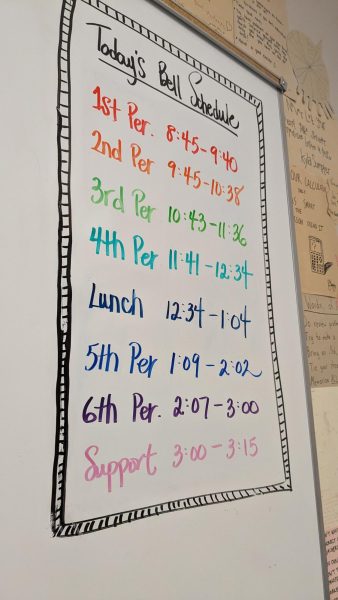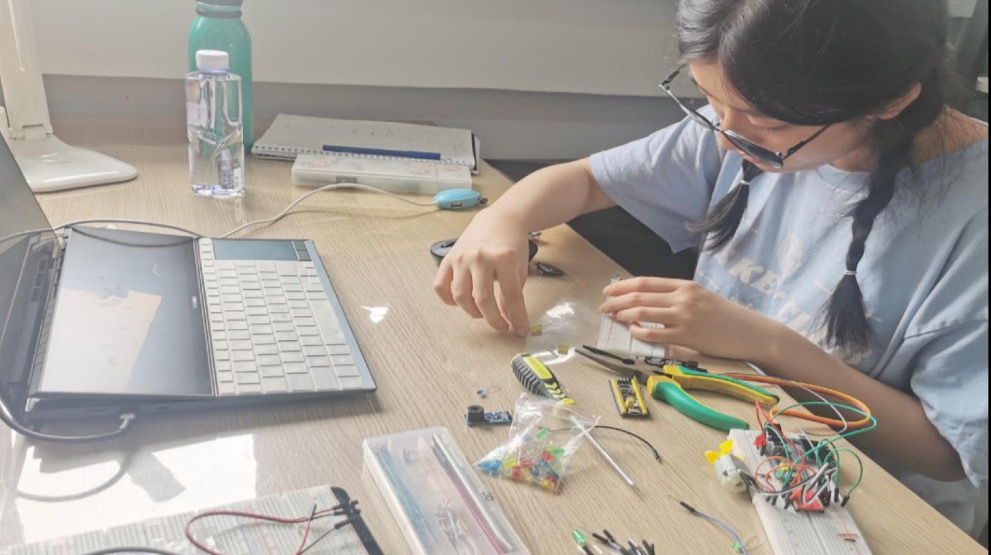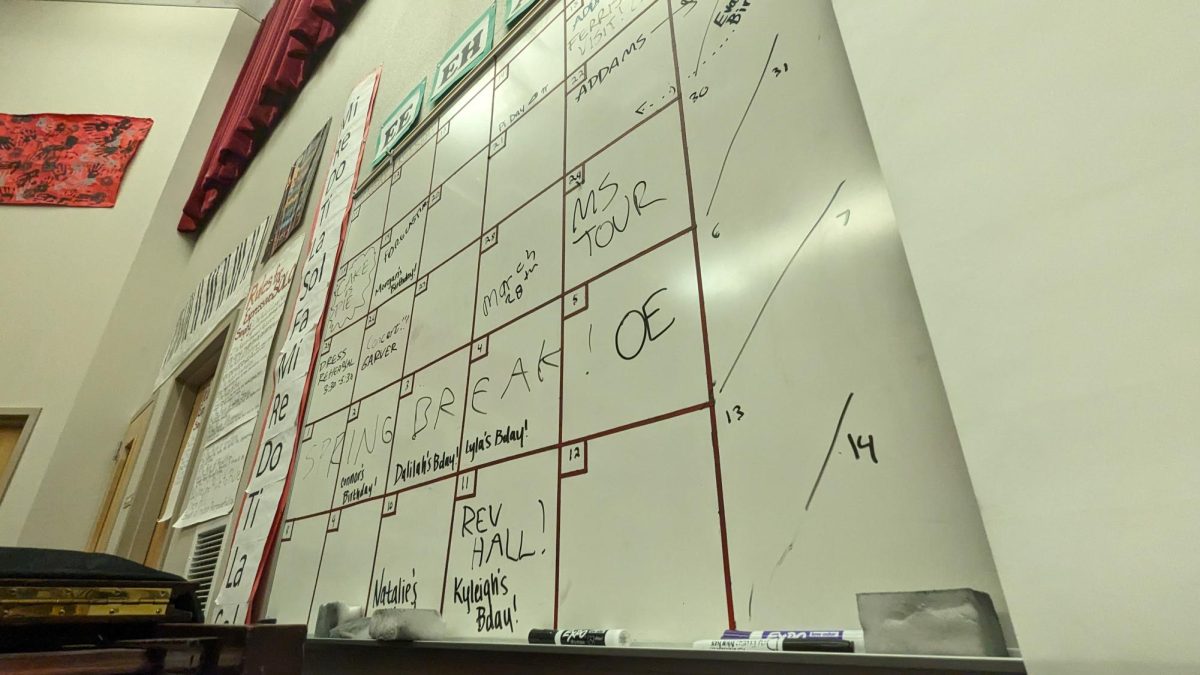Methods of planning and teaching lessons vary not only from subject to subject, but also from teacher to teacher. This also impacts students’ perception of a subject, as well as their understanding of it. However, differences in teaching methods do not always equate to differences in quality. Furthermore, methods are also affected by the circumstances of the individual educator.
Camas High School Teacher Elizabeth Edwards, who teaches accelerated math classes such as Advanced Placement (AP) Calculus and Accelerated Precalculus, has a very structured approach to planning and teaching her classes.

“When I plan, I get out last year’s planner where I’ve left myself detailed notes as to what I covered and then I try to follow that,” Edwards said.
Additionally, Edwards also has several methods to help her manage the workload for students. In addition to minimizing the number of examples used in class and limiting homework to about 45 minutes per problem set, she has a unique way of pacing class.
“I count out loud,” Edwards said. “My idea is if I have 30 people in class that when 10 or so raise their hand telling me that they’ve done what they can, then it’s time to move forward. So what are the other 20 doing? Well, they haven’t raised their hand but […] they’ve had at least enough time to think about it.”
This way she is able to make sure everyone is engaged and understands what is going on, while also keeping the class moving at an accelerated pace. However, It took some trial and error to get to this level of organization and efficiency.
“The first year I taught [AP Calculus] I just knew I had to go fast, and I didn’t step away and look at the big picture […] and I learned some hard lessons during this time,” said Edwards.
Over time, she was able to establish a system that, according to students, is very effective.
“I think she is a really great teacher. She does a really good job of managing questions and keeping students engaged,“ CHS junior Aiden Brasier said.
On the other end of the spectrum is an educator like Stewart Morgan, who teaches subjects such as AP Language. Morgan teaches during all six periods of the day rather than the normal five with a preparation period. In addition to a busy life at school, Morgan has a 17-month-old son at home. Morgan explained that this has led to a vastly different approach which inevitably boils down to a one-day-at-a-time style of teaching.
While Morgan has methods of keeping a routine like making daily planners and weekly vocab sets, he largely attributes the less organized method of planning to the six-period workday.

Morgan explained that this lengthy workday was something that he and others were forced to consider.
“We had some budget cuts here that forced me and a few other teachers to consider taking on a [six-period day]. I don’t think we should ever have been put in this position,” Morgan said.
These circumstances have ultimately impacted Morgan’s approaches to teaching and have made it incredibly work-intensive to provide a quality of education equal to that of years past.
However, some students think highly of Morgan’s style of teaching. CHS junior Beau Harlan, who is in Morgan’s AP language class, elaborated on the topic.
“I do love how he [evokes] conversation and debate,” Harlan said. “I like that Mr. Morgan doesn’t necessarily stick to the book.”



































